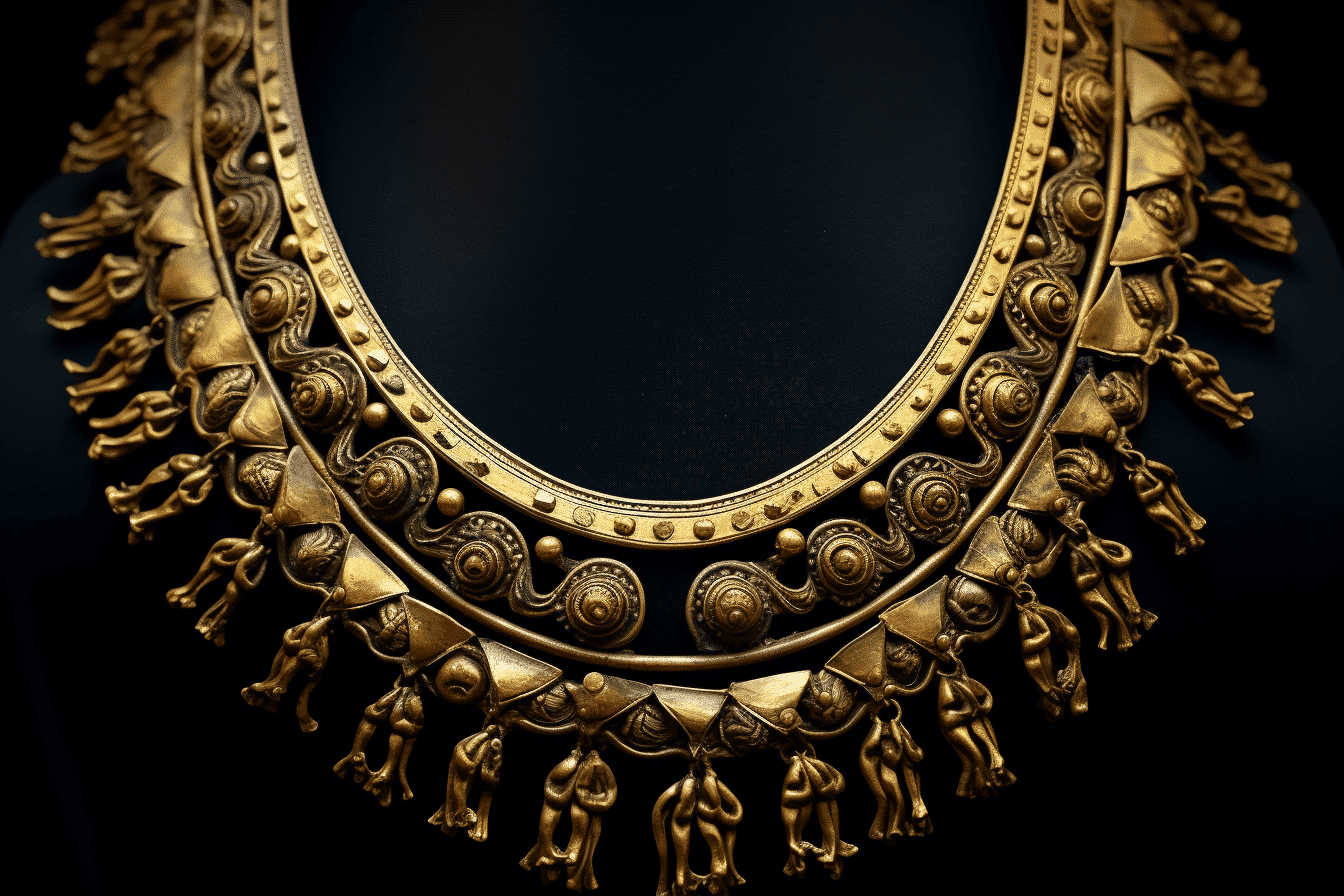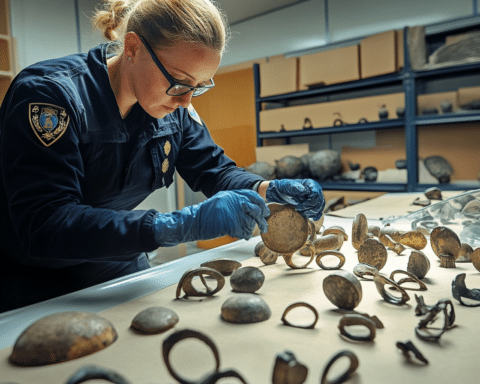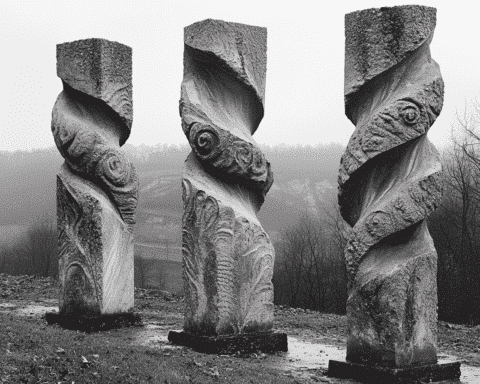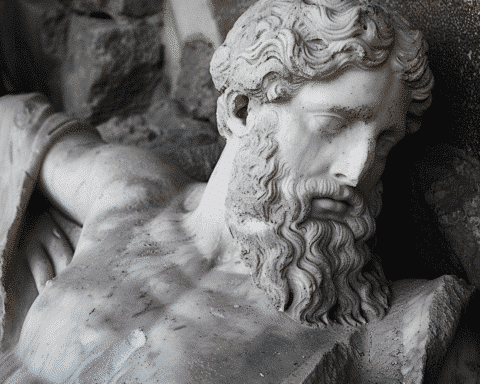The saga of a precious collection of Ukrainian treasures, embroiled in geopolitical complexities, has culminated in a victorious return to Kyiv following a Dutch court’s decisive ruling. This conclusion marks the end of an almost decade-long legal battle over a collection of ancient artifacts, initially sent to the Netherlands for an exhibition before the annexation of Crimea by Russia in 2014. The return of these treasures symbolizes more than just the recovery of historical artifacts; it represents a significant cultural and political victory for Ukraine.
The National Museum of History of Ukraine expressed its relief and satisfaction at the resolution of this prolonged dispute: “After almost ten years of litigation, artifacts from four Crimean museums that were presented at the exhibition ‘Crimea: Gold and Secrets of the Black Sea’ in Amsterdam have returned to Ukraine.” The collection, featuring 565 items, including antique sculptures, Scythian and Sarmatian jewelry, and ancient Chinese lacquer boxes, holds immense historical value for Ukraine.
Ukraine’s Acting Minister of Culture and Information Policy, Rostyslav Karandieiev, highlighted the profound significance of this event, stating, “It is essential for us to save and protect our history, traditions, and heritage. This is what we are fighting for on the battlefield. We are fighting for our identity and freedom.” He further emphasized that the exhibition in the Netherlands represented Ukrainian Crimea, asserting Ukraine’s rightful claim over these treasures.
The Allard Pierson Museum in Amsterdam, caught in the legal tussle, confirmed these items’ careful handling and return. Els van der Plas, the museum’s director, reflected on the situation’s complexities: “This was a special case, in which cultural heritage became a victim of geopolitical developments… We are pleased that clarity has emerged and that they have now been returned.”
The Ukrainian Ministry of Culture and Information Policy welcomed this development, announcing that the ‘Scythian Gold’ would be temporarily housed in the Kyiv-Pechersk Lavra until Crimea’s de-occupation.
The return of these Ukrainian treasures after years of legal wrangling is more than a mere transfer of artifacts; it is a poignant reminder of the enduring strength of cultural identity amidst geopolitical strife. This momentous event reinstates Ukraine’s sovereignty over its cultural heritage and is a beacon of hope in the ongoing struggle for national identity and freedom.




